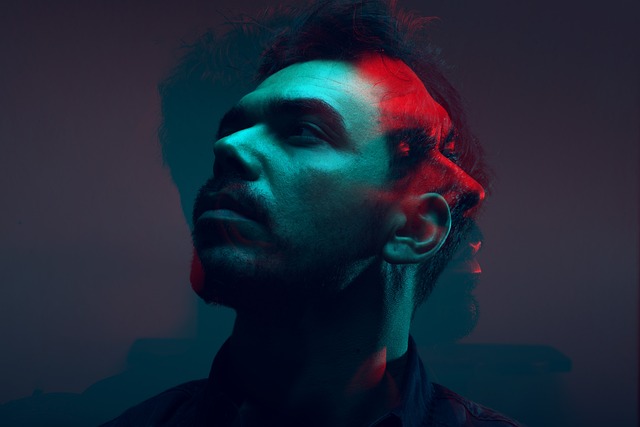Maximizing Exposure: Understanding Contrast Ratios
In the world of photography and visual arts, the concept of contrast ratio is a critical element that can make or break a stunning image. It not only enhances the aesthetic appeal of an artwork but also conveys emotions and narratives that resonate with viewers. When we talk about maximizing exposure, we dive deep into the significance of how light and shadow interplay, painting the canvas of our photographs.
Picture this: you’re out in nature, surrounded by the vibrant hues of sunset, the sky ablaze with oranges and purples. The scene in front of your lens is breathtaking, yet when you look at the captured image, it feels flat, lacking the depth that you experienced. This is often due to a poor understanding of contrast ratio. The magic lies in the relationship between the darkest shadows and the brightest highlights in your frame. By mastering this balance, you can transform a mundane image into a vibrant storytelling piece.
Contrast ratios are essential for creating mood and atmosphere. High contrast can evoke drama and intensity, making the viewer feel the weight of the moment. Conversely, low contrast may impart a soft, dreamy quality, inviting the viewer to linger a little longer. Knowing when to amplify or tone down contrasts can turn your work from good to outstanding, immersing your audience in the experience you aimed to capture.
Understanding how to manipulate contrast ratios in your photography is about more than just aesthetics; it’s about conveying messages. Think about a portrait shot. A well-executed contrast ratio will reveal textures on a subject’s face, enhancing their features and emotions. It can highlight joy in a smile or bring attention to shadows that tell a story of hardship, tugging at heartstrings and sparking dialogues.
Incorporating a conscious approach to your contrast ratios starts before you even click the shutter. Whether you are shooting in bright sunlight or in a dimly lit room, being aware of your environment and how light interacts with your subject is imperative. Use natural reflectors or diffusers to shape your light, and remember to explore your camera’s settings to adjust exposure levels that will create your desired contrast.
Post-processing is another powerful tool at your disposal. Adjusting contrast through editing software can help accentuate the drama or serenity you wish to convey. Just remember, it’s all about achieving that perfect balance to ensure your images are not overexposed or underexposed, undermining the story you’re trying to tell.
The beauty of exploring contrast ratios is that it is a journey—one that can evolve as you develop your artistic voice. Embrace the learning curve, experiment with lighting and shadows, and let the contrasts enhance your vision. Each photograph you capture is an opportunity to evoke emotions and share experiences. By understanding and utilizing contrast ratios, you can draw your audience into the very heart of your artistic expression.



